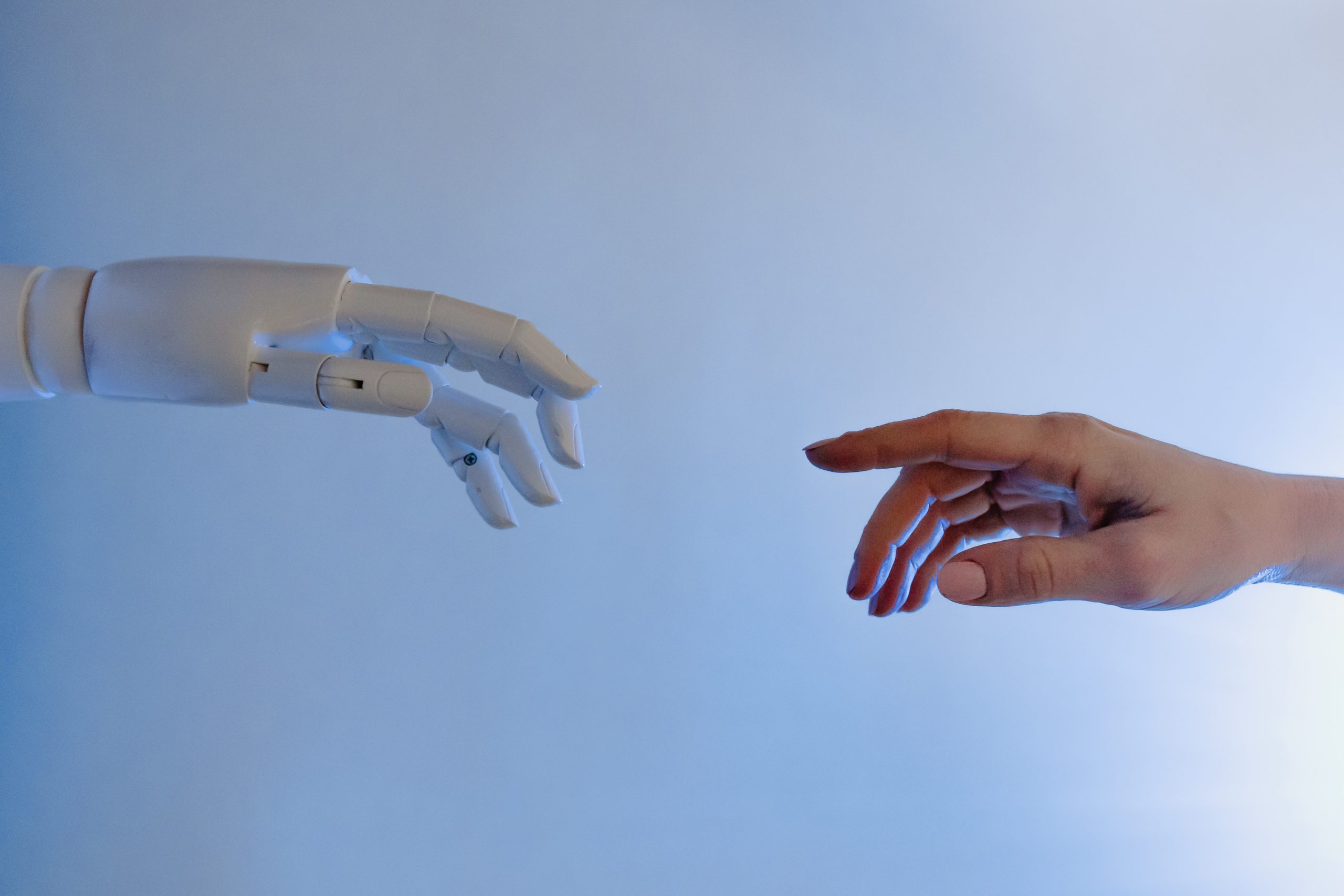Would you be able to tell if a chatbot wrote this blog post? (Don’t worry…it’s 100% percent human-written). With the world buzzing about sophisticated chatbots like OpenAI’s ChatGPT, it’s more important than ever to consider the potential impact of AI chatbots on the translation industry.
In the first installment of this two-part blog, we’ll start with an overview of what AI chatbots are and how they work, followed by a look at three competitors in the world of chatbots—ChatGPT, Bard, and Claude—and their implications for translation.
How do AI chatbots work?
Today’s chatbots are far from the clunky assistants of the late 90s and early 2000s (remember Microsoft Word’s annoying Clippy?). ChatGPT and similar bots are generative AI models, or algorithmic models that use artificial intelligence—specifically, natural language processing—to “generate” responses to text-based queries.
The “GPT” in ChatGPT tells us how these bots work: it stands for Generative Pre-Trained Transformer. The chatbots have been pre-trained on an enormous set of text data that helps them learn language patterns on a colossally large scale. Then, their transformer architecture—a type of neural network that helps process language data, like a brain—helps process input and predict what sort of content the bot should spit out, or generate.
This content, in general, aims to be as realistic as possible. What helps give AI chatbots their uncannily human style of conversation? Generative AI is not a static system. Instead, AI chatbots fine-tune themselves as they go, growing their pool of data from constant user input and trainer feedback.
ChatGPT
ChatGPT burst onto the scene in late 2022 and, as of February 2023, has reached over 57 million active monthly users and provoked endless debates around the world. Users that sign up for a free account can use ChatGPT to do anything from answer a simple question (like “What’s the best restaurant in New York City?”) to more elaborate tasks like generating code, producing sonnets in the style of Shakespeare, or even writing legislation.
ChatGPT’s numerous functions include the ability to recognize and generate text in multiple languages, including translations. That said, ChatGPT’s “knowledge” of world languages can be outdated, awkward, or just plain incorrect. For example, one recent test had the chatbot suggest the English word “banana” as a pronunciation tip for the Spanish “mañana.”
Bard
Bard is a conversational AI service developed by web search juggernaut Google. Powered by LaMDA, Google’s own conversation technology, Bard will be used exclusively to augment Google search, delivering the highest quality responses to consumer questions—for example, helping plan a trip or compare two models of cars.
Can Bard compete with ChatGPT? Right now, with Bard available only to a limited set of beta testers, it’s too soon to tell. Bard did get off on the wrong foot at its launch, making an error that cost Google $100 billion dollars in market value. However, if Bard’s synthesis with Google allows it to draw on the internet’s most up-to-date information, that could be an advantage compared to ChatGPT, whose sources currently end with 2021 data. For translators, Bard is certainly worth keeping an eye on due to Google Translate’s already major role in the machine translation field.
Claude
Claude, an AI chatbot founded by Anthropic, recently entered the picture as something of a dark horse. Claude is similar in concept to ChatGPT and Bard; in fact, Anthropic was founded by former OpenAI employees and backed by Google investments. Like ChatGPT, Claude uses a chat interface to converse with users and answer questions. Like Bard’s integration with Google Search, the search engine DuckDuckGo is using Claude in a feature called DuckAssistant.
What sets Claude apart, however, is that it promises a safer experience than its competitors. In Anthropic’s words, their AI assistant is “helpful, honest, and harmless.” That is, Claude is designed to avoid harmful outputs, such as dangerous or offensive text. For translators who deal with classified information and sensitive situations, Claude might be a more secure option than its rivals.
Looking ahead: hopes and fears
So, can any of these chatbots hold their own against experienced human translators? Many factors remain to be considered when it comes to generative AI. In the second part of this series, we’ll dive deeper into the promises and perils of AI chatbot technology—and what this technology could mean for the translation industry.
Photo by Tara Winstead on Pexels

